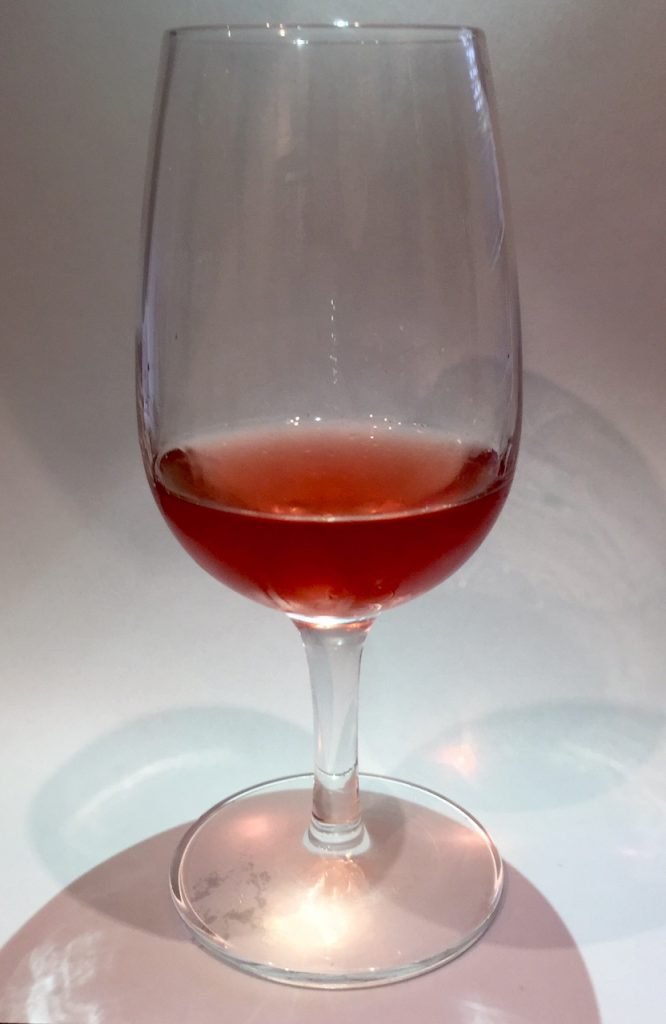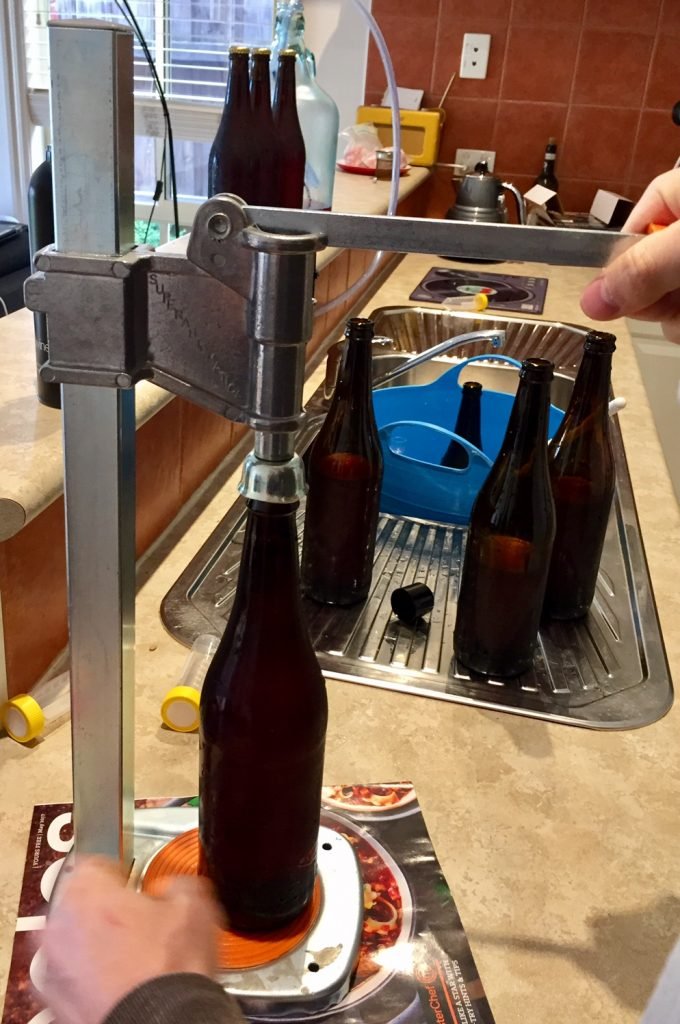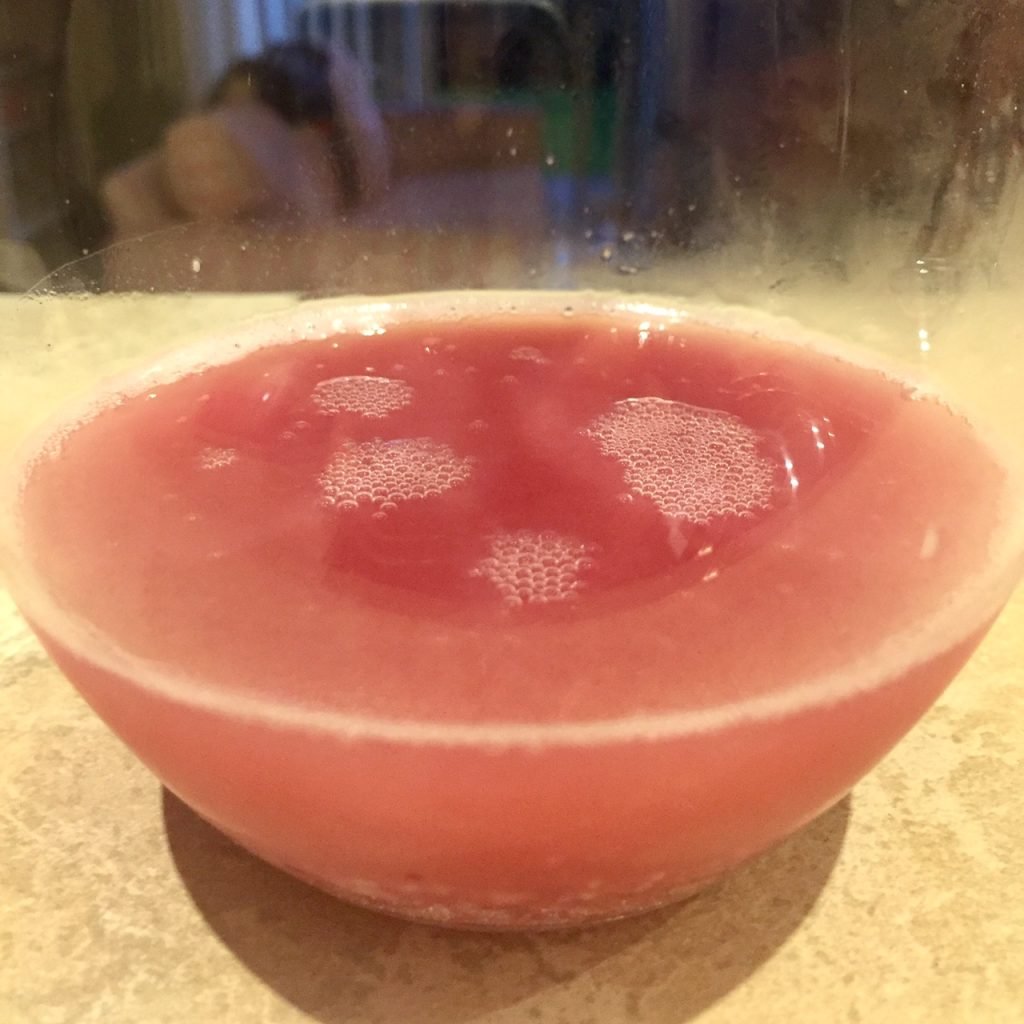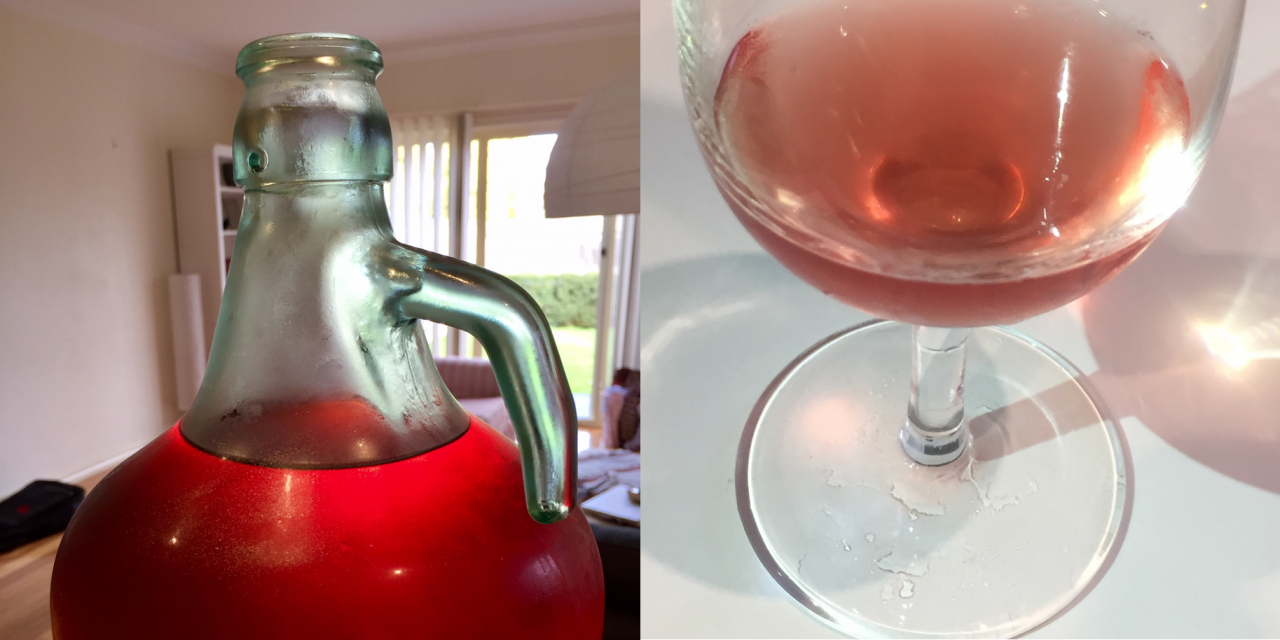It’s exam week the week after next and the semester is coming to an end. I am pleased to report that, although I have little new knowledge to impart, I am on target with my assignments and still have time to study for my exams. This weekend we bottled my class wine and had the exciting task of carrying out the first official tastings.
Top 2 things I have learnt this week:
1. Having the bottle to bottle
After the roller-coaster ride that is wine making; from fermentation, through maturation and stabilisation etc… comes bottling. The final stage in a long process – simple! No. Even this seemingly straight forward task has so much to be considered…
-

Still rosé
Assuming your wine is stable (chemically – not mentally), your next enemy is oxygen. Oxygen, life giving as it is, is also the reactive gas behind all types of ageing. From vegetables, to faces, to wines. Too much oxygen exposure can lead to oxidation (hence the promotion of anti-oxidant products). Oxidation in wine creates a kind of fortified, port-like nature which when not wanted can be quite unpleasant. It also causes a browning of the wine.
This week we were charged with trying to bottle my rosé with minimal oxygen. Adding Sulphur dioxide and making sure that there is minimal head-space (therefore air exposure) in your bottle can help, but oxygen is soluble. The idea is to remove most, but not all of the oxygen as this can cause smelly problems in itself. Winemakers use a variety of methods to do this, bearing in mind that cooler temperatures enhance oxygen solubility but warmer temperatures speed up oxidation reactions – oh my!
Sparging…
Bubbling another gas through the wine to push out the dissolved oxygen. This was our method of choice. It can be carried out with an inert gas like argon (but that is super expensive) or a mix of carbon dioxide and nitrogen. We opted just for carbon dioxide as in the spirit of improvisation – our mate had a cylinder to lend us!
Sulphur dioxide…
Once again, this clever molecule can be used to scavenge dissolved oxygen, but at this stage in the process care must be taken not to add too much. 250 mg/L is the legal limit in Australia, but if you add anywhere near that amount it becomes easily detectable and there will be headaches all round!
2. We need closure
The closure used is also an important consideration. My fun wines have crown cap closures, partly because they have been made to drink soon, but also because I have a capping machine at home!
-

Capping
Screw caps are now almost universally seen as being the superior closure choice, especially in Australia. Up to 5% of wines under natural cork are lost to cork related taints – too much to bear for some serious collectors. Can you imagine waiting 10 years to open that bottle that cost you a small fortune to discover it was ‘corked?!’
However, screw caps have their fair share of problems too. They can be extremely airtight, effectively trapping the wine in time. Good? No. Wine is an ever-evolving substance and the value is often in the ageing process itself. If there is no gas exchange at all then the wine cannot age or flourish. Great for fresher wine styles but not for most others.
So, the challenge to technology recently has been to design closures with just the right amount of gas exchange to allow the wine to develop. In fact, they are even taking this a step forward and trying to speed up the ageing process so that wines that would usually take decades to blossom, are ready much sooner. (Hopefully they will be cheaper too!)
Cheers!
-

Pét Nat
We are delighted with the two wines produced from that terrible juice provided some eight weeks ago. The Pét Nat was perfectly fizzy and the rose fairly well balanced. Both have the most wonderful strawberry aromas. Now is the countdown to the day when my brews are tasted by judges from the industry. I just hope they agree with me.
This week I am tying up loose ends from my assignments and getting ready for exams. It is our two-year wedding anniversary on Wednesday so I’m looking forward to cracking a good bottle from the collection – stand by for the review!!
Until next time… thanks for reading

